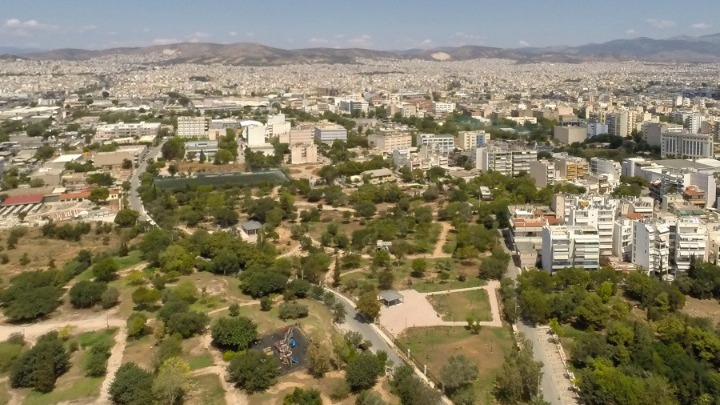“That Plato’s tomb was located in his Academy was not something unknown to archaeologists. Diogenes Laertius mentions, in the 3rd century A.D., that Plato was buried at the Academy where he lived for most of his life. So does Pausanius, namely that Plato was, in fact, buried not far from the Academy. What is important is that we have a technology by which people succeeded in reading 1,000 more words than those who had previously read the text on the same papyrus using a different technology,” said archaeologist Dr. Kostas Paschalidis, president of the Association of Greek Archaeologists, in statements to the Athens-Macedonian News Agency (ANA) on Wednesday.
“Also, that we may live to learn of hitherto unknown texts from the library of Peisonus – the rich owner of the villa – which will be philosophical, because he was chiefly interested in philosophy and especially epicurean [philosophy],” added Paschalidis, in response to the news that there had been a new reading of a papyrus containing the writings of Philodemus the Epicurean found at the “Villa of the Papyri” at Ercolano in Italy, in what used to be ancient Herculaneum.
“The papyrus appears to say that Plato’s grave was near the Temple of the Muses in his Academy. Olympiodorus the Alexandrian, in his commentary on Plato, is reported to say that, upon reaching Athens, Plato founded a school in the Academy and in part of this a temple for the Muses. In reality, the entire Academy is considered a temple of the Muses, a place of learning, so to speak,” Paschalidis said.
For this reason, he added, the archaeologists’ association considers that there is a need to protect and supervise every possible project in a zone that has been listed, as is the zone of Akadimia Platonos, that there is a need for staff and that it is hugely important to respect and provide precautionary protection for such areas.
The papyrus was found in the remains of a luxurious ancient Roman villa with an impressive library in Ancient Herculaneum, in southern Italy’s Campania region, which had been buried in the eruption of Mount Vesuvius in 79 A.D. that had also destroyed Pompeii. The villa was discovered by chance in 1750 and a number of cylinders containing papyri were unearthed during an excavation conducted between 1752 and 1754. Though damaged, there has been an ongoing effort to decipher their contents using modern digital technologies.
SOURCE; ANA-MPA







